Description
The Crystal Palace Imperial Trophy Race For Cars Programme 9th October 1937 is a historic and highly collectible motorsport artifact. It commemorates one of the early car races held at the Crystal Palace circuit, a venue renowned for its scenic parkland setting and challenging, twisty layout.
The programme itself includes essential information for spectators, such as details about the competing drivers, cars, and teams, along with the schedule of races. The Imperial Trophy was a significant event that drew top competitors of the time, showcasing powerful racing machines from brands like ERA, Bugatti, and Maserati. The drivers included such legends as “Bira” of Siam, Raymondd Mays,Dick Seaman and Luigi Villoresi.
Crystal Palace Imperial Trophy Race For Cars Programme 9th October 1937
The “Crystal Palace Imperial Trophy Race For Cars Programme 9th October 1937, is a remarkable historical document that provides a glimpse into the vibrant world of motorsport during the late 1930s. Held at the iconic Crystal Palace Circuit in London, this event was part of the broader rise of motor racing as both a sport and a display of technological innovation.
The programme begins with a detailed outline of the event, emphasizing its significance within the British racing scene. The Imperial Trophy Race was a major attraction of the day, drawing notable drivers and a sizeable crowd eager to witness the competitive spirit and engineering prowess of the era. The race itself was a test of speed, skill, and endurance, featuring a diverse lineup of the most prominent racing cars of the period—many of which showcased the latest advancements in automotive technology.
The design of the Crystal Palace Imperial Trophy Race For Cars Programme 9th October 1937 reflects the style of the 1930s, with elegant typography and illustrative cover art that captures the excitement and glamour associated with racing. Inside, it offers comprehensive information about the participating drivers, each of whom had established reputations within the racing community. Profiles include their racing histories, notable achievements, and the cars they would be piloting. This personal touch helps to bring the event to life, emphasizing the human element behind the machines.
The vehicles competing in the Imperial Trophy Race were a showcase of innovation. The Crystal Palace Imperial Trophy Race For Cars Programme 9th October 1937 details the specifications and features of the cars, ranging from the streamlined aerodynamic bodies to the powerful engines capable of reaching impressive speeds for the time. The race was not only a contest of raw power but also a battlefield of strategy and precision driving, with drivers navigating the challenging curves of the Crystal Palace circuit. This track, a blend of technical twists and long straightaways, demanded skillful maneuvering and tactical thinking.
In addition to the main race, the programme highlights other supporting events, including heats and demonstrations that added to the day’s entertainment. It also features advertisements from sponsors and racing teams, further illustrating the commercial and technological growth of motor racing in the 1930s. The presence of these advertisements signifies the increasing importance of motor sports as a marketing platform for automotive manufacturers and related industries.
Historical context enriches the significance of this Crystal Palace Imperial Trophy Race For Cars Programme 9th October 1937. The late 1930s were a period of rapid innovation and development in automotive engineering, driven by intense competition among European manufacturers. The Crystal Palace race, in particular, was a more accessible and inclusive event compared to the larger European Grand Prix circuits, making it popular among local spectators and racing enthusiasts.
Overall, the “Crystal Palace Imperial Trophy Race For Cars Programme 9th October 1937” serves not just as a racing event guide but as a historical artifact that captures the spirit of an era when motorsport was evolving into a major technological and social phenomenon. It exemplifies the excitement, innovation, and community spirit of pre-war racing, offering invaluable insight into the automotive culture of the 1930s.

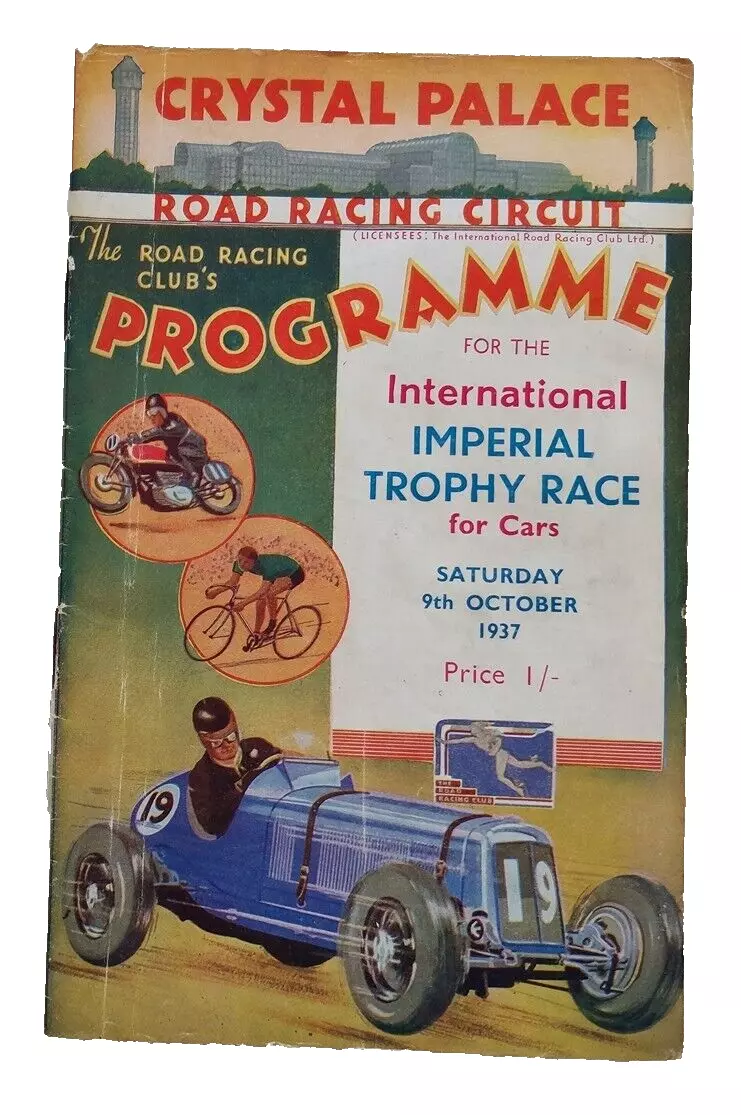
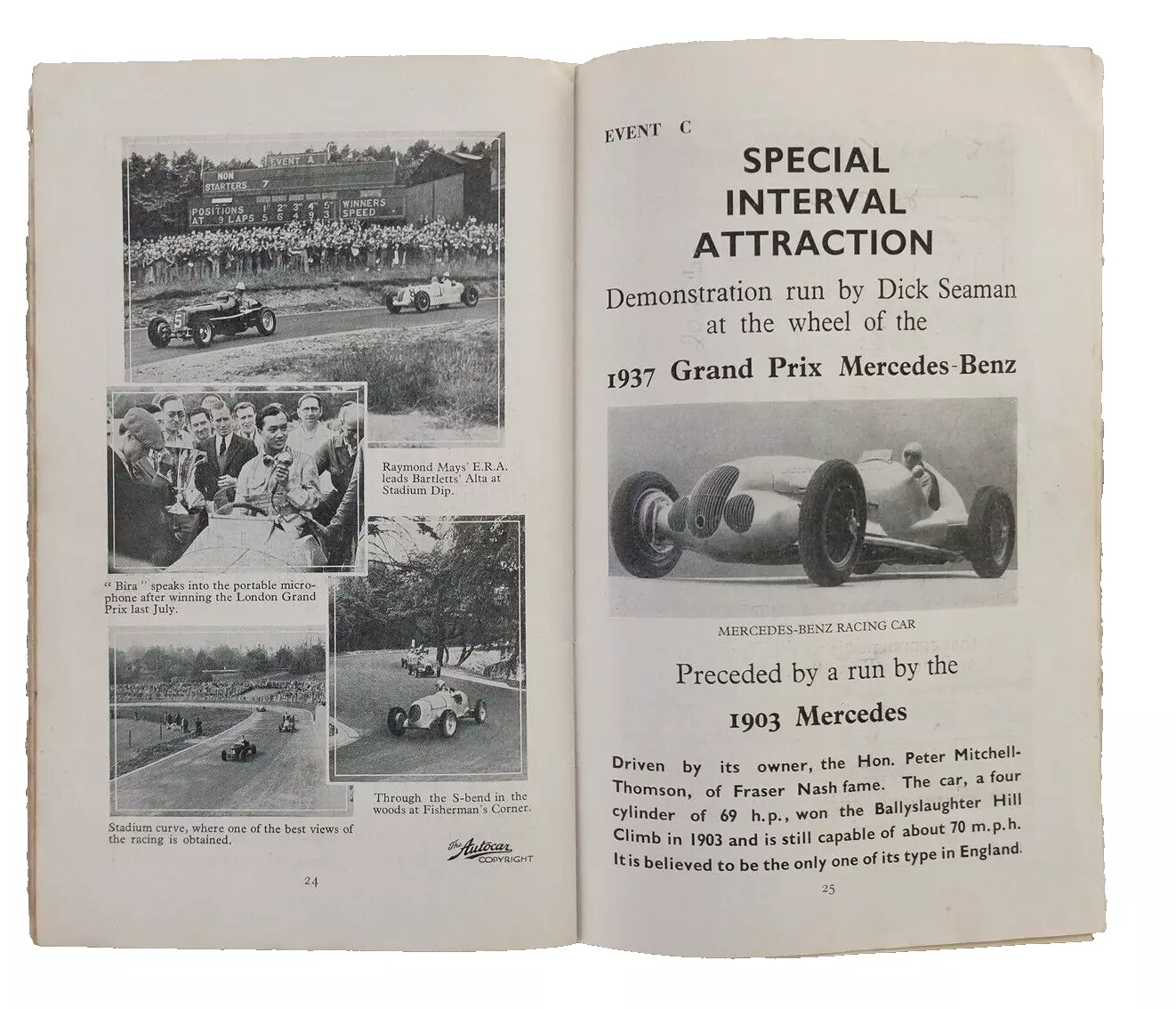
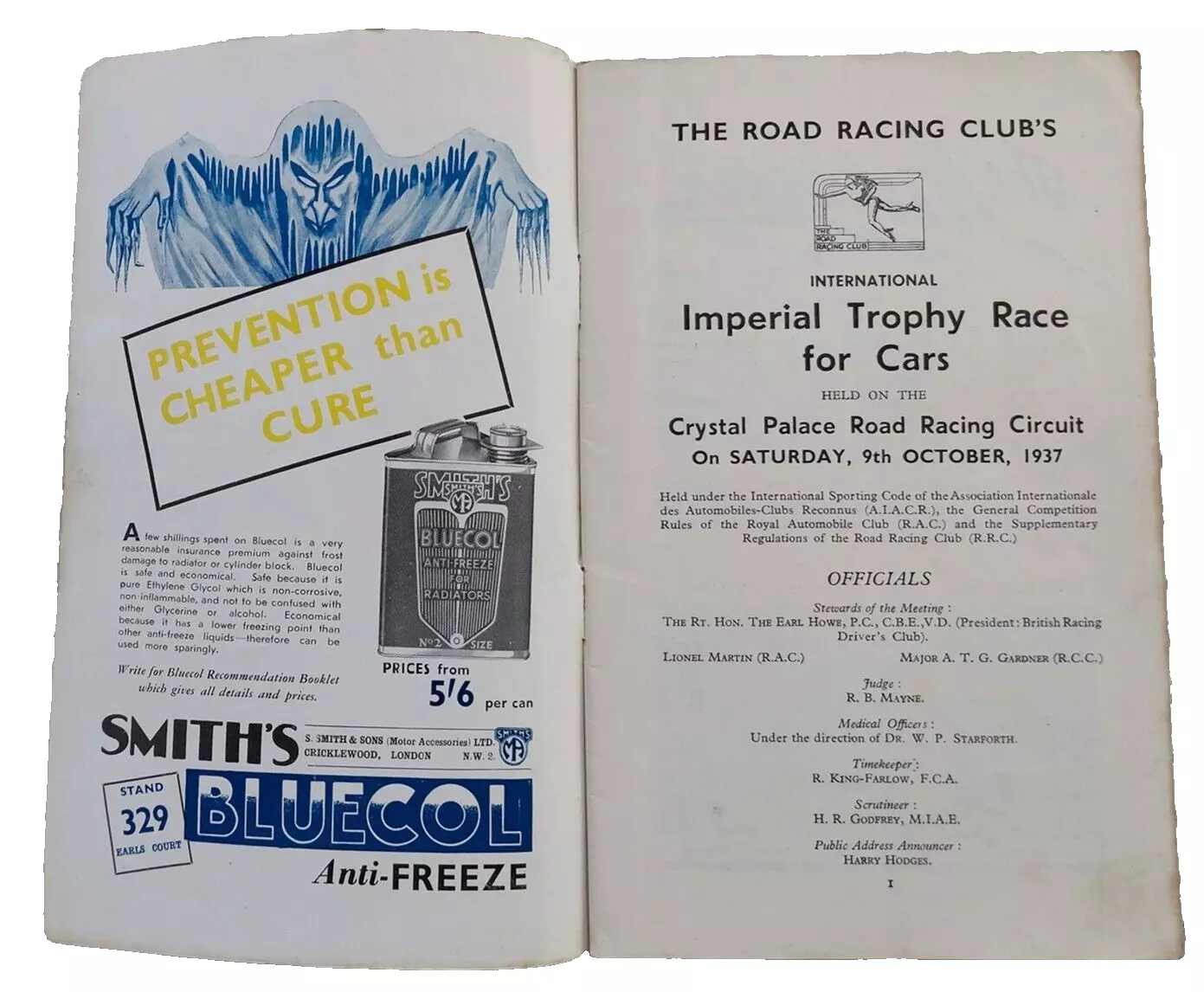
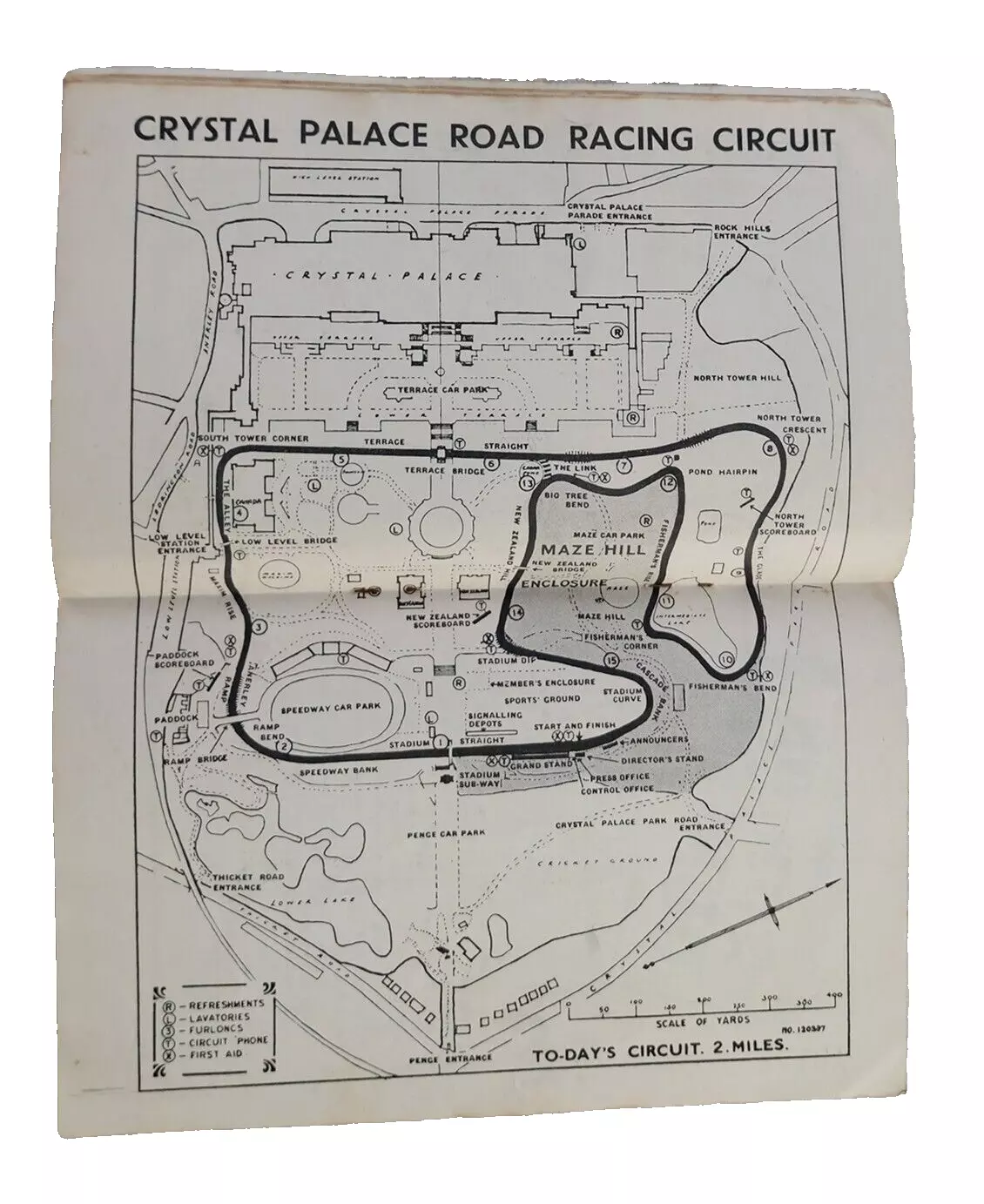
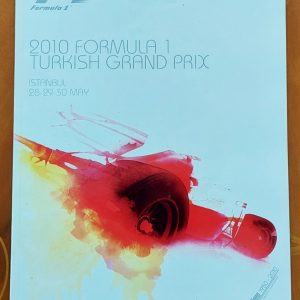
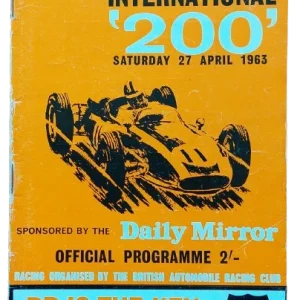
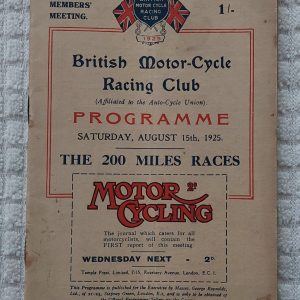
Reviews
There are no reviews yet.